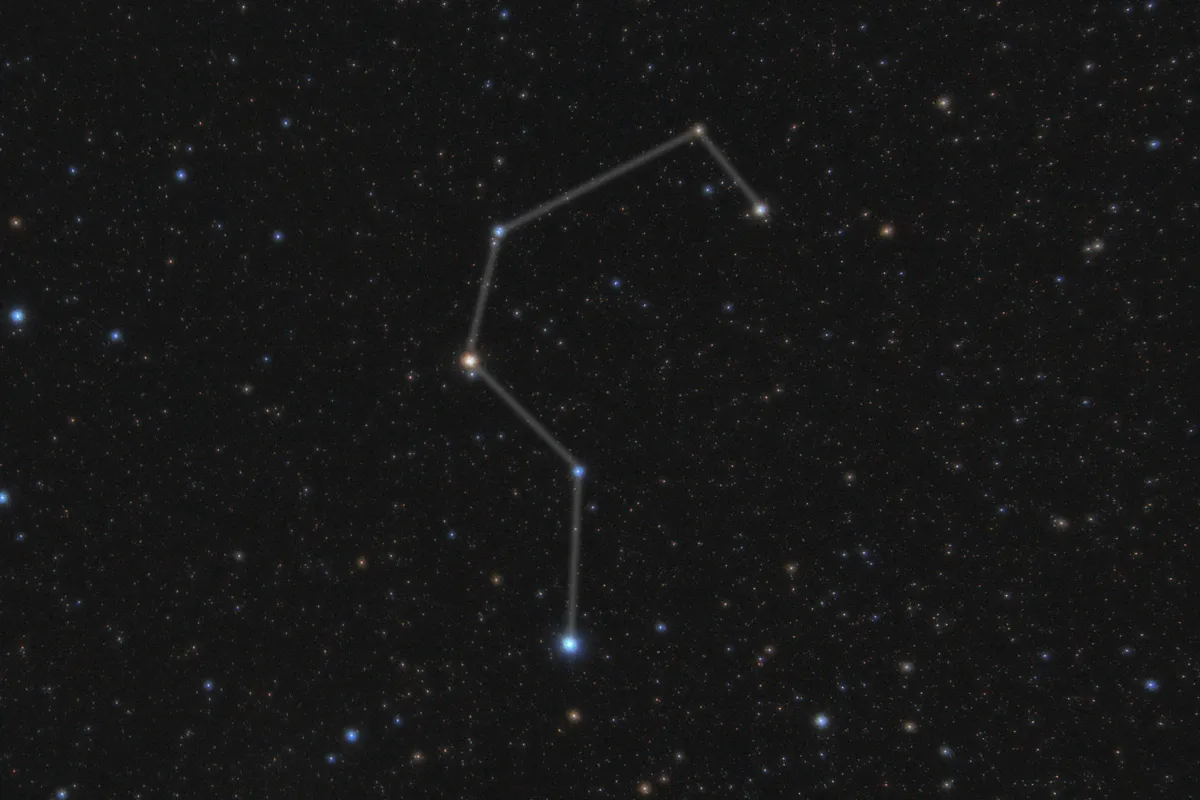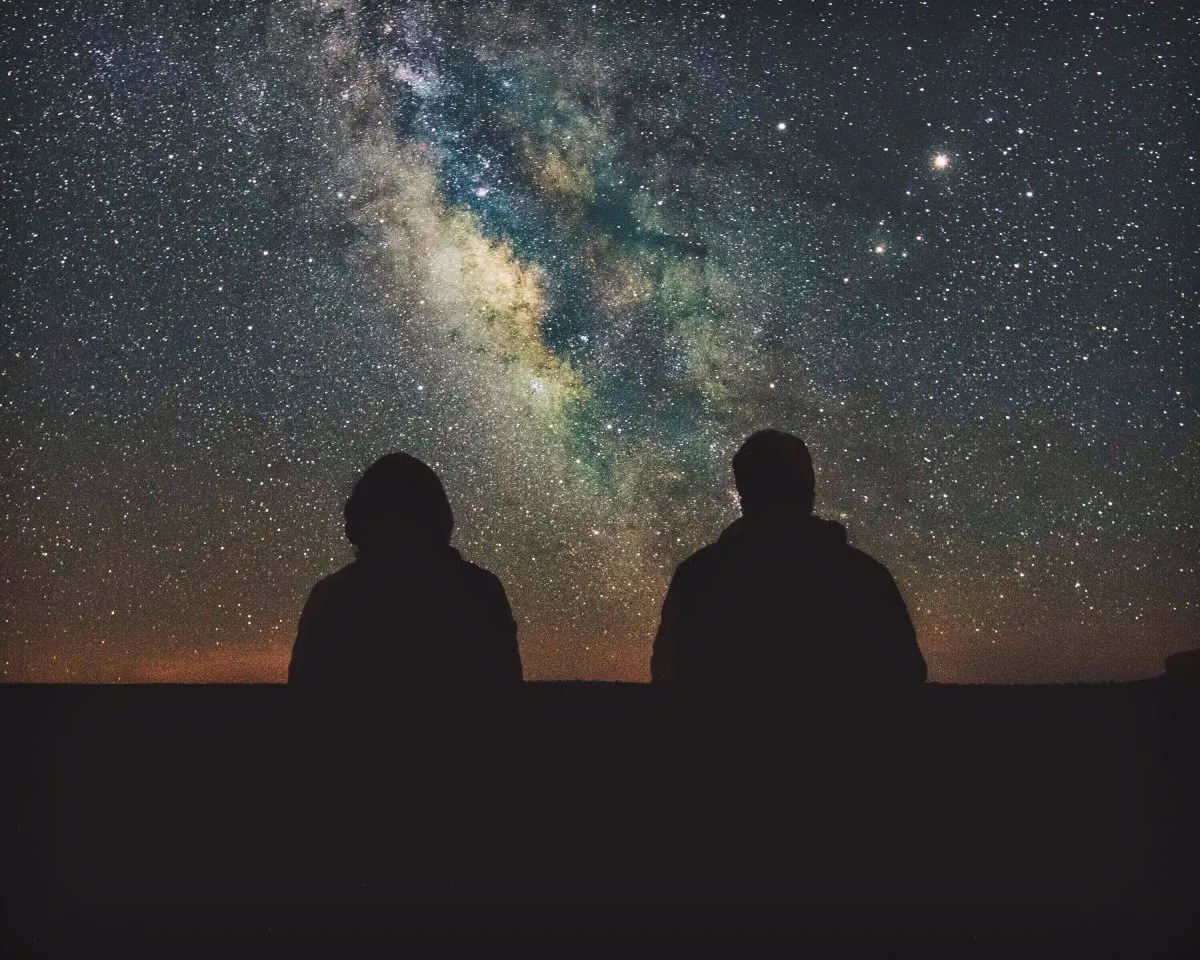The Leonid meteor shower occurs every year during November, with peak activity on the night of 17 November and into the early hours of 18 November.
However, in 2024 the Leonid meteor shower will be marred by a bright waning gibbous Moon on the night of peak activity.
This will restrict the number of meteors that you can actually see.
Find out when the next meteor shower is visible and discover what causes meteor showers

Leonid meteors are swift, entering the atmosphere at 77km/s.
The radiant - the point in the sky from which the meteors appear to emanate - is in the curved portion of the Sickle asterism in the Leo constellation, the pattern that is meant to represent the Lion’s head.
The Leonids are associated with comet 55P/Tempel–Tuttle and at their peak are expected to produce a Zenthal Hourly Rate (ZHR) of 15 meteors per hour.
This is under ideal conditions though, so expect to see less.
Leonid meteor shower moon phase
The significant factors affecting the visibility of a meteor display are light pollution, weather, the Moon and radiant altitude.
On the evening of 17 November 2024, the gibbous Moon will make observing Leonid meteors very tricky indeed.
Observing Leonid meteors - key facts
The Leonid radiant is located within the head of Leo, depicted by the Sickle asterism.
The radiant itself rises around 22:20 UT, attaining a peak altitude of nearly 60° around 05:40 UT.
After this time, astronomical dawn will be in force with the sky slowly brightening to bring the observing window to a close.

How many Leonid meteors will we see?
The Leonid meteor shower is a popular meteor shower, despite its relatively low peak Zenithal Hourly Rate (ZHR) of 15 meteors per hour.
This value is for optimal viewing conditions with the shower radiant directly overhead.
The shower’s popularity is in part due to a periodic increase in its ZHR every 33 years.
At such times the Leonids may produce a storm-level display of 1,000–100,000 meteors per hour.
The next interesting period begins around 2032–2033, so we are in between ‘storms’ at present.

How to see a Leonid meteor - top tips
Leonid meteors are best observed after midnight, but again, that bright Moon will spoil meteor observing on the night of peak activity.
Yet even when the Moon isn't playing ball, meteor showers make for a great excuse to get out and get looking up at the night sky.
For more on this, read our guide on what to see in the night sky in autumn.

To see a Leonid meteor:
- Find a place away from the light pollution of towns and cities
- Observe in groups to increase your chances
- Bring a reclining chair to prevent neck ache from looking up
- Wrap up warm
- Locate the radiant in the night sky (use a star chart or smartphone astronomy app)
- You don't need a telescope or binoculars: naked-eye observing is best
- Give your eyes about 30 minutes to dark-adapt and you'll see more
- Look two thirds up in the sky
- If you see a meteor and can trace it back to Leo, chances are you've seen a Leonid
It is winter after all, and meteor observing involves a lot of standing still in open spaces.
This guide originally appeared in the November 2023 issue of BBC Sky at Night Magazine.
